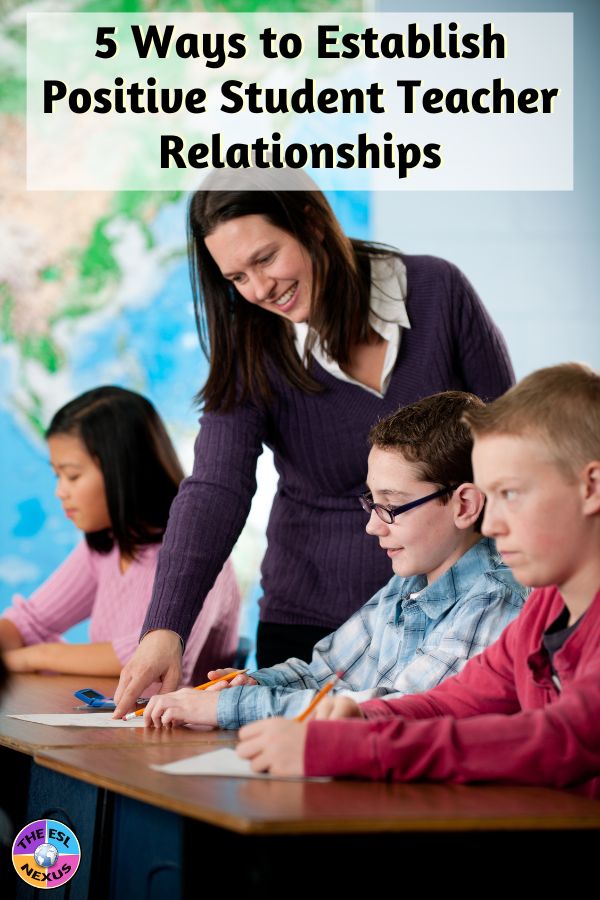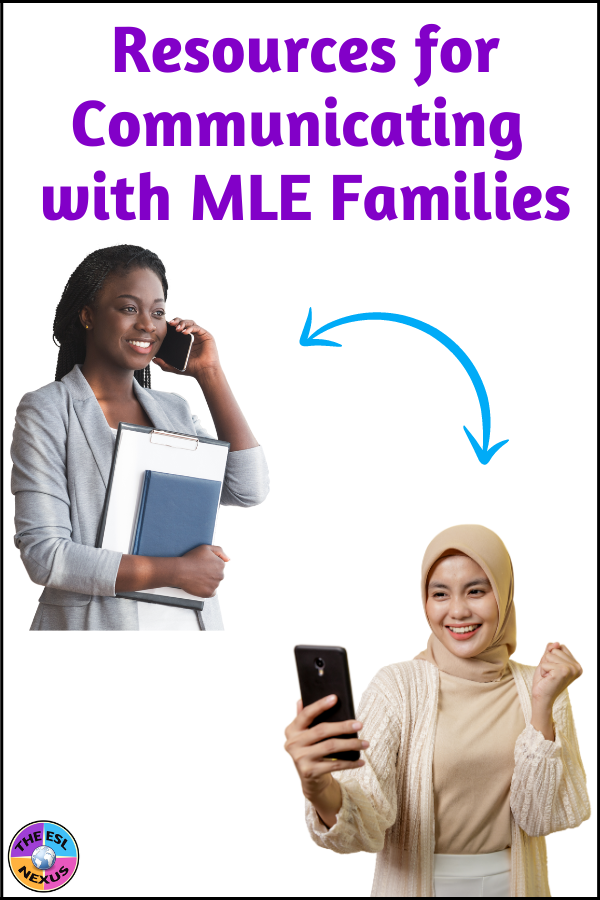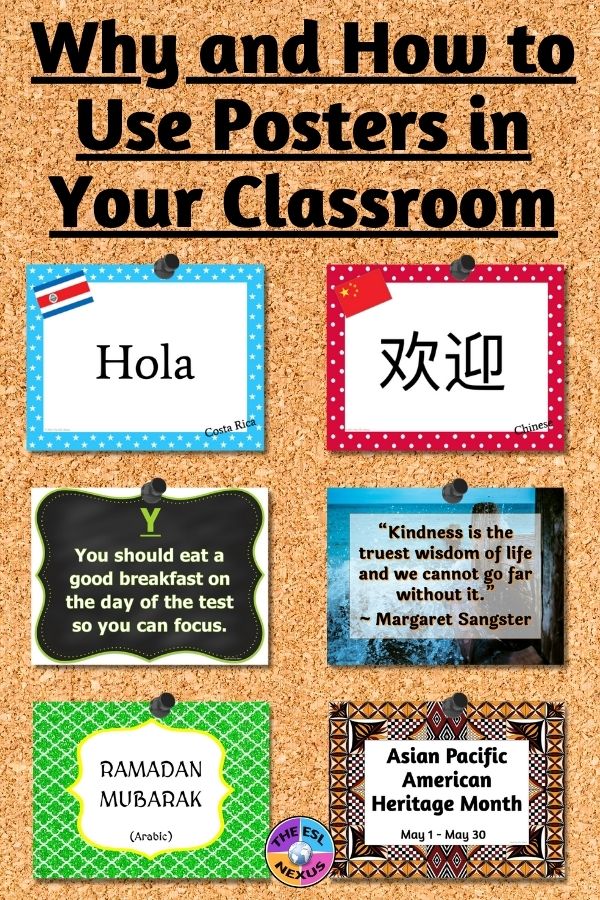Building positive student teacher relationships at the beginning of a new school year is like playing in a table tennis tournament for the first time. When I played in my first official tournament a few weeks ago, it reminded me of how Multilingual Learners of English and other students feel when they go to a new school for the first time.
 |
| Graphic created by The ESL Nexus |
What’s the Connection between a Table Tennis Tournament and Building Positive Student Teacher Relationships?
Although my family had a ping pong table in our basement and I played ping pong when I was teaching in Wuhan, China, and after moving to Arizona I found a local club to play with, I was very nervous about going to the tournament. Just like students usually are when they have to go to a new school, even though they have prior experience in other schools (unless they’re students with limited or interrupted formal education).
The tournament was in Phoenix and I had to drive 2 hours to get there. Fortunately, Google Maps did not lead me astray and I arrived in plenty of time. But walking to school might be just as nerve-wracking for some students as it was for me to navigate the highways of the 5th largest city in the U.S.
Inside, the venue was similar but much bigger than where I normally play. School buildings differ significantly around the world so even though the purpose is the same, the physical layout can be very different. A new school might feel a bit off-kilter to students because they know it’s school, yet it’s not school like they’re used to.
I know the rules for playing table tennis but I didn’t know how they’d be implemented for the tournament. Once I found out how things were going to work there, I felt a lot more comfortable. Norms dictate what’s acceptable student behavior in school but if students come from other countries or cultural backgrounds, they may need to be told explicitly what the expectations are because the norms for US schools may not be the same as what they’re familiar with.
Suggestions for How Teachers Can Establish Positive Student Relationships
So I’d like to offer the following suggestions to help your English Learners feel comfortable in your classroom. Implementing them will help you establish good teacher student relationships and get the year started off in a positive way.
1) Find a personal connection to your students’ countries or cultures
Find something about their country or culture that shows students you can relate to them. Maybe you’ve visited their country, maybe you have a family connection to someone’s country, maybe your best friend in college lived in one of your students’ countries. If that’s the case, let your students know!
All these examples were true for me and I don’t think it’s a coincidence that I am still in touch with some of those students, even, in one case, more than 15 years after she was in my class.
2) Let students know you want to learn about their heritage
If you can’t find a personal connection to ELLs’ cultures or countries, just expressing interest in their cultural backgrounds can help build positive teacher relationships with students. Food is a great way to do this.
Many of my students came from the Dominican Republic or their parents did, but I have never been there. The kids often talked about the food they ate at home and what they liked and didn’t like. They couldn’t believe I didn’t know what sancocho was. Finally, some parents cooked it for me so I would know first-hand how delicious it was. (Fyi, it’s a stew with meat, tubers, vegetables, and bananas.)
Discussing how holidays are celebrated is another way to do this.
3) Say students’ names correctly
In China, it was common for students to give themselves English names to use in their language classes. Part of the reason was because English names were easier for foreign teachers to pronounce and remember.
But those students were adults. With younger learners in elementary and secondary school, I think it’s real important to use their given names and not give them nicknames or anglicize their names.
Making an effort to pronounce their names correctly shows you respect them for who they are and where they come from.
4) Become aware of differences in body language and non-verbal communication patterns
I learned very early on that when my Latin American students kept their eyes on the floor when I was talking to them, they were showing me respect. But some teachers misinterpreted that and thought the kids were being disrespectful, so I had to explain it was just the opposite.
Also, in many cultures, people stand closer to each other than is typically the case in the U.S. and that’s just normal for them and shouldn’t be interpreted as being aggressive; that was another thing I had to explain to some teachers.
5) Learn how to say Hello, Thank you, and/or Good-bye in your students’ languages
Knowing how to say just one of these phrases shows students that you’re interested in getting to know who they are. And don’t worry if you can’t say the words correctly! That’s actually fine because it shows students they don’t have to worry about pronouncing English correctly. It lets students know that it’s okay to make mistakes when speaking and the important thing is just to try.
If you want to learn some greetings, I have several poster resources that say “Hello” and “Welcome” in many languages. You can display them in your classroom or hallway; some teachers even put them around the door to their room. As Kristin N. said, “Great way to make everyone feel welcome in our class! Cute design as well.”
These versions of the posters are in money-saving mini-bundles but you can also get each product separately:
Welcome and Hello posters – Gold Star theme (new!)
Welcome and Hello posters – Mini Stars theme (new!)
Welcome and Hello posters – Polka Dot theme (one of my most popular products)
Effects of Building Positive Student Teacher Relationships
The effects of building positive student teacher relationships at the beginning of the school year are clear. Letting students share their cultures fosters pride in who they are and gives them self-confidence.
My students saw that I was genuinely curious about their cultures and my connection with them was strengthened. That made my teaching easier and a lot more fun.




